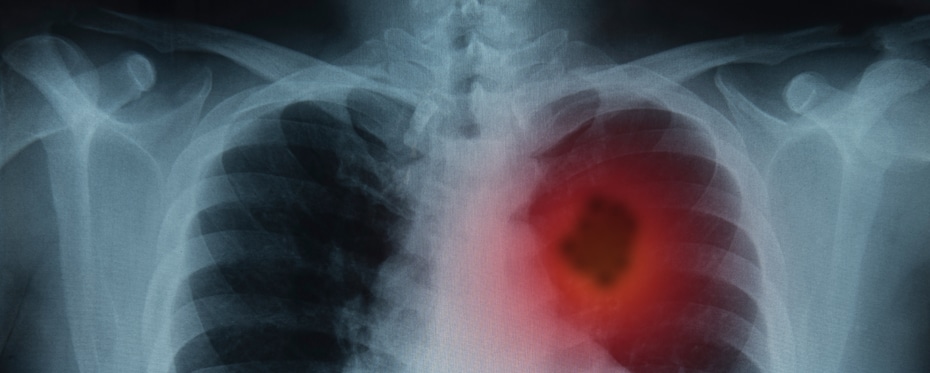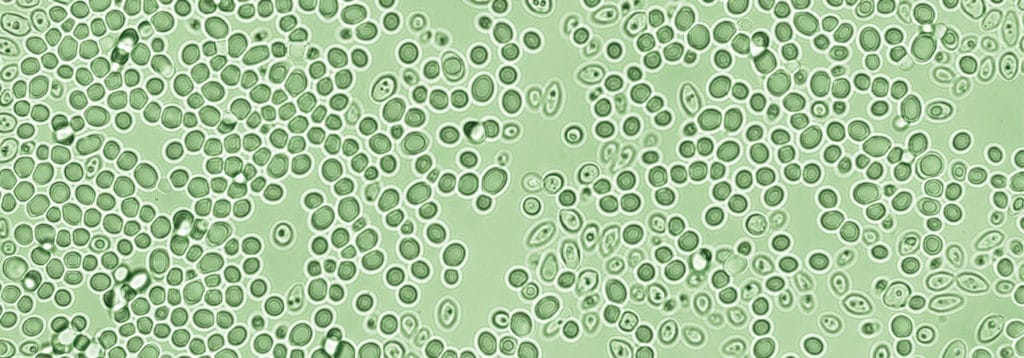Tag: DNA
DNA untangled: Topoisomerase enzymes remove our genetic knots

Topoisomerases are enzymes that are abundantly present in our cells and can temporarily cut and rejoin our DNA to remove knots and tangles that form during important biological processes. If they fail to do their job, cells may die. Some anti-cancer and anti-bacterial drugs alter this natural process to eliminate unwanted cells. Dr Neil Osheroff, professor of Biochemistry and Medicine […]
Read More… from DNA untangled: Topoisomerase enzymes remove our genetic knots
Z-DNA the new biology: The third dimension of cancer therapeutics

DNA comes in many different shapes and sizes. Z-DNA, also known as left-handed DNA, is different from the more familiar right-handed B-DNA. Until recently, the role of Z-DNA in humans was a mystery. In a scientific breakthrough, Dr Alan Herbert of InsideOutBio Inc., Charlestown, Massachusetts, has identified the purpose of unusual DNA sequences called “flipons”. Flipons get their name from […]
Read More… from Z-DNA the new biology: The third dimension of cancer therapeutics
Directed evolution of CRISPR-Cas9 to increase specificity

Building upon previous CRISPR research and gene editing methods found in nature, Dr Lee and colleagues from ToolGen have developed a method of screening multiple Cas9 variants. Their method seeks to quickly and effectively screen many mutations of Cas9 to find one which possesses maximised on-target activity and minimised off-target activity. After successful development and implementation of the system, Sniper-Screen, […]
Read More… from Directed evolution of CRISPR-Cas9 to increase specificity
New synthetic biology method revolutionises DNA cloning

Since the dawn of humanity, we have been modifying and altering the natural environment to suit our needs, from domestication of animals and plants to the modification of landscapes. Using synthetic biology, Dr Jeff Braman and Dr Peter Sheffield at Agilent Technologies, Inc. have developed a new method to assemble DNA. Their approach allows seamless assembly of independent, functionally tested, […]
Read More… from New synthetic biology method revolutionises DNA cloning
Extracellular vesicle DNA: A promising cancer biomarker

Lung cancer patients could one day receive faster, cheaper and more accurate diagnoses thanks to extracellular vesicle DNA found in liquid biopsies. These were the findings of a research team led by Professors Kye Young Lee and Jae Young Hur of Konkuk University’s School of Medicine. Their work offers an alternative to invasive tissue biopsies which are currently used to detect […]
Read More… from Extracellular vesicle DNA: A promising cancer biomarker
From beer to brains: how yeast molecular genetics prove the importance of introns

Scientific discoveries often come from the most unlikely of places, and Dr Tracy Johnson’s work is no exception. Using a yeast system typically used to make beer or bread, Dr Johnson and her team at UCLA have uncovered important genetic findings that could highlight the importance of intron retention during gene expression. Her research looks at the science of gene […]
Read More… from From beer to brains: how yeast molecular genetics prove the importance of introns